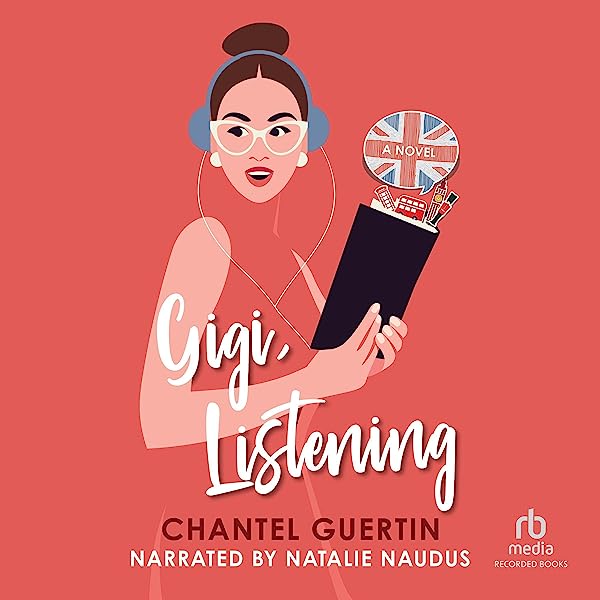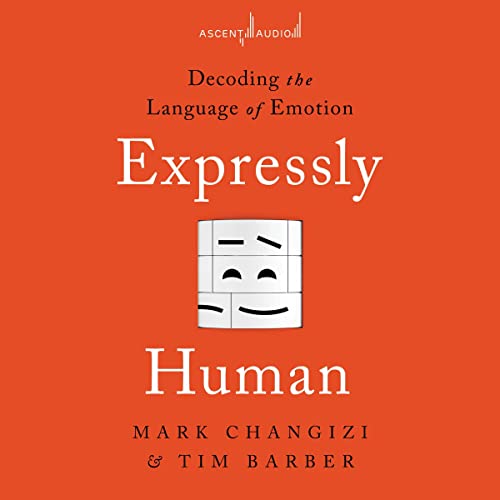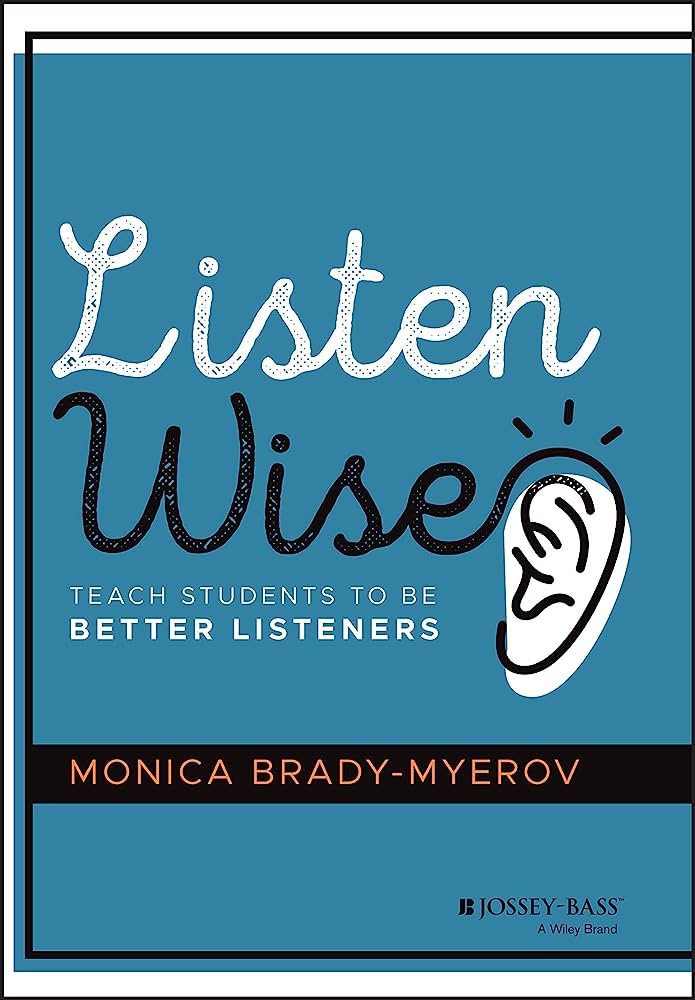What Are Some Audiobooks With Fascinating Narrative Structures?
Looking for a captivating audiobook that will keep you on the edge of your seat? Well, look no further! In this article, we will explore a handpicked selection of audiobooks with fascinating narrative structures that are sure to captivate your imagination. These books go beyond the traditional linear storytelling and offer unique and engaging ways to experience a story. So, grab your headphones and get ready to embark on a literary adventure like no other!
When it comes to audiobooks, the narrative structure plays a crucial role in determining the overall listening experience. From multiple perspectives and non-linear timelines to unconventional formats and interactive elements, these audiobooks push the boundaries of storytelling. Whether you’re a fan of mysteries, science fiction, or literary fiction, there’s something for everyone on this list. So, get ready to dive into the world of audiobooks with fascinating narrative structures and discover a whole new way to enjoy a story. Let’s get started!

What are some audiobooks with fascinating narrative structures?
Audiobooks have become increasingly popular in recent years, providing a convenient and immersive way to enjoy literature. While the story itself is essential, the narrative structure can greatly enhance the listening experience. In this article, we explore some audiobooks that stand out for their fascinating narrative structures, keeping listeners engaged from start to finish.
The Power of Unreliable Narrators
Unreliable narrators add an intriguing layer of mystery and suspense to audiobooks. These characters may purposely or unknowingly distort the truth, making listeners question their own perceptions. One compelling example is “Gone Girl” by Gillian Flynn. Told from alternating perspectives, the audiobook masterfully presents the unreliable narration of a husband and wife, keeping listeners on the edge of their seats as they navigate a web of deception.
Another standout audiobook with an unreliable narrator is “The Girl on the Train” by Paula Hawkins. Through the voice of Rachel, the central character, listeners are taken on a thrilling journey filled with twists and turns. As Rachel’s memory lapses and her perception becomes clouded, the narrative structure adds an element of suspense that is perfectly suited for the audiobook format.
The Art of Nonlinear Storytelling
Nonlinear storytelling is a technique that presents events out of chronological order, creating a puzzle-like narrative structure. It challenges listeners to piece together the story, creating a sense of anticipation and discovery. One audiobook that exemplifies this technique is “Cloud Atlas” by David Mitchell. With six interconnected stories spanning across different time periods, the audiobook weaves a complex tapestry that captivates listeners with its intricate narrative structure.
Another audiobook that employs nonlinear storytelling is “Life of Pi” by Yann Martel. The protagonist, Pi, recounts his extraordinary journey at sea, alternating between past and present. This narrative choice adds depth and richness to the audiobook, allowing listeners to delve into Pi’s experiences from multiple perspectives.
Exploring Multiple Points of View
Audiobooks that feature multiple points of view offer a multi-dimensional experience, providing insights into different characters’ thoughts and emotions. “Eleanor Oliphant Is Completely Fine” by Gail Honeyman is a prime example of this narrative approach. Through the voice of Eleanor, listeners gain a deep understanding of her isolated and unconventional life. The audiobook also introduces other characters’ points of view, offering a well-rounded exploration of human connection and resilience.
In a similar vein, “The Help” by Kathryn Stockett employs multiple narrators to tell the story of African American maids in 1960s Mississippi. Each character brings a unique perspective to the audiobook, shedding light on the racial tensions and social injustices of the time. This narrative structure enhances listeners’ understanding of the story’s complexities and fosters empathy towards the characters.
The Power of Epistolary Narration
Epistolary narration involves telling a story through letters, diary entries, or other written forms. This narrative structure allows listeners to delve into the characters’ innermost thoughts and experiences. One notable example is “The Color Purple” by Alice Walker. Through a series of letters, the audiobook explores the lives of African American women in the early 20th century, tackling themes of racism, sexism, and resilience. The epistolary format lends itself well to the audiobook medium, immersing listeners in the characters’ journeys.
Another audiobook that employs epistolary narration is “Dracula” by Bram Stoker. The story unfolds through a collection of letters, journal entries, and newspaper clippings, creating a sense of immediacy and suspense. This narrative structure heightens the atmospheric experience of the audiobook, allowing listeners to feel fully immersed in the world of vampires and supernatural forces.
Conclusion
Audiobooks with fascinating narrative structures offer a unique and engaging listening experience. Whether through the use of unreliable narrators, nonlinear storytelling, multiple points of view, or epistolary narration, these audiobooks captivate listeners with their innovative approaches. By exploring the vast array of narrative techniques in audiobooks, you can discover new dimensions of storytelling and enhance your enjoyment of literature. So, grab a pair of headphones and let yourself be transported into the captivating world of audiobooks with fascinating narrative structures.
Key Takeaways: Audiobooks with Fascinating Narrative Structures
Looking for audiobooks with unique storytelling techniques? Here are some recommendations:
- “Cloud Atlas” by David Mitchell – This novel intertwines multiple narratives across different time periods, creating a captivating puzzle for listeners to unravel.
- “House of Leaves” by Mark Z. Danielewski – A mind-bending story that combines different formats, including footnotes and unusual page layouts, to immerse readers in its haunting tale.
- “Gone Girl” by Gillian Flynn – This psychological thriller keeps readers on their toes with its dual perspectives and unexpected plot twists.
- “S.” by J.J. Abrams and Doug Dorst – An innovative book-within-a-book concept, complete with handwritten notes and inserted ephemera, offering a truly interactive reading experience.
- “If on a Winter’s Night a Traveler” by Italo Calvino – A metafictional masterpiece that takes readers on a journey through various unfinished novels, blurring the line between reality and fiction.
Frequently Asked Questions
1. How does the narrative structure of “Gone Girl” make it a fascinating audiobook?
In the audiobook “Gone Girl” by Gillian Flynn, the narrative structure is one of its most captivating aspects. The story is told from the alternating perspectives of the two main characters, Nick and Amy. This dual narrative allows the listener to gain insights into both characters’ thoughts, emotions, and motivations, creating a sense of suspense and intrigue.
Additionally, “Gone Girl” incorporates flashbacks and non-linear storytelling, which adds layers of complexity to the narrative. The audiobook seamlessly weaves together past and present events, keeping the listener engaged and constantly questioning what is true and what is a facade. The unique narrative structure of “Gone Girl” makes it a must-listen for fans of psychological thrillers.
2. What makes “Cloud Atlas” a standout audiobook in terms of narrative structure?
“Cloud Atlas” by David Mitchell is renowned for its intricate and interconnected narrative structure, making it a fascinating choice for audiobook enthusiasts. The story is divided into six different narratives, spanning different time periods and genres. Each narrative is presented in a different literary style, ranging from a historical journal to a dystopian sci-fi thriller.
What makes “Cloud Atlas” truly remarkable is how these seemingly disparate narratives are intricately linked, with characters and themes transcending time and space. The audiobook’s layered structure challenges the listener to piece together the puzzle, creating a unique and immersive storytelling experience.
3. How does “The Time Traveler’s Wife” utilize its narrative structure to captivate listeners?
“The Time Traveler’s Wife” by Audrey Niffenegger employs a non-linear narrative structure that adds depth and emotion to the audiobook. The story follows the lives of Henry, a man with a genetic disorder that causes him to time travel, and Clare, his wife. The narrative alternates between their perspectives and jumps back and forth in time.
This narrative structure allows the listener to experience the couple’s love story in a non-chronological order, mirroring Henry’s time-traveling abilities. It creates a sense of anticipation as the listener pieces together the puzzle of their lives and the impact of time on their relationship. “The Time Traveler’s Wife” is a captivating audiobook that explores themes of love, fate, and the complexities of time.
4. What makes “House of Leaves” a unique and intriguing choice in terms of narrative structure?
“House of Leaves” by Mark Z. Danielewski is a highly unconventional and mind-bending audiobook that pushes the boundaries of narrative structure. The story revolves around a house that is larger on the inside than it is on the outside, and the audiobook itself mirrors this disorienting experience.
The narrative structure of “House of Leaves” is fragmented, with multiple narrators and various textual layers, including footnotes, appendices, and typographical tricks. This unconventional format creates a sense of unease and confusion, immersing the listener in the psychological horror of the story. “House of Leaves” is a truly unique and immersive audiobook that challenges traditional storytelling techniques.
5. How does the narrative structure of “Life of Pi” enhance the audiobook experience?
“Life of Pi” by Yann Martel utilizes a framing narrative structure that adds depth and philosophical contemplation to the audiobook. The story is presented as a memoir, with the main character, Pi, recounting his experiences of being stranded on a lifeboat with a Bengal tiger.
Within this framing narrative, Pi tells multiple versions of his story, leaving the listener to ponder the nature of truth and the power of storytelling. This narrative structure allows for exploration of themes such as faith, survival, and the human capacity for imagination. “Life of Pi” is a thought-provoking audiobook that will leave listeners reflecting on the nature of reality and the power of storytelling.
Classics with Unusual Narrative Structures
Final Summary: Dive into the World of Audiobooks with Captivating Narrative Structures
When it comes to audiobooks, there is no shortage of options that offer fascinating narrative structures to captivate and engage listeners. These unique storytelling techniques can transport you to different worlds, keep you on the edge of your seat, or even challenge your perception of reality. From multiple narrators to nonlinear timelines, here are some audiobooks that showcase the power of innovative storytelling.
One example of a captivating narrative structure can be found in the audiobook “Gone Girl” by Gillian Flynn. With its alternating perspectives between the husband and wife, listeners get a front-row seat to the twists and turns of their tumultuous relationship. The shifting viewpoints create a sense of suspense and keep you guessing until the very end. This psychological thriller is a prime example of how a well-executed narrative structure can elevate the listening experience.
Another audiobook that stands out for its narrative structure is “Cloud Atlas” by David Mitchell. This intricately woven tale spans across different time periods and genres, seamlessly connecting multiple storylines. The audiobook features a talented cast of narrators who bring each character to life, adding depth and richness to the narrative. With its non-linear structure, “Cloud Atlas” challenges listeners to piece together the puzzle and discover the hidden connections between the stories.
In conclusion, audiobooks with fascinating narrative structures offer a unique and immersive experience for listeners. Whether it’s through alternating perspectives, nonlinear timelines, or interconnected storylines, these audiobooks push the boundaries of traditional storytelling and keep us engaged from start to finish. So, grab your headphones, sit back, and let these captivating narratives transport you to new and exciting worlds. Happy listening!






